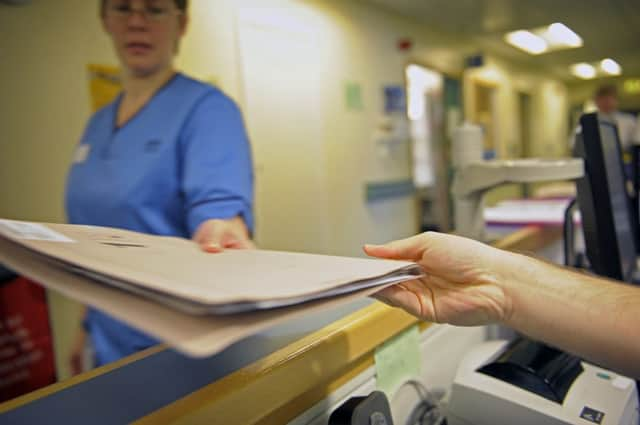Nurses at the heart of everything we do


In November 2014, a new nursing structure was introduced at the Children’s Hospice Association Scotland (CHAS). Significant investment has been made in the nursing team with the recruitment of more qualified children’s nurses. Many of our original nurses have also been successfully recruited into new roles such as senior staff nurses, charge nurses and practice educators seen in nursing structures in other settings. This is enabling our nursing workforce to better meet the current and future needs of babies, children, young people and families in our care, as well as providing a career pathway and succession planning for nursing within CHAS.
It is clear that, over the past few years, the clinical needs of the children and young people with life-shortening illnesses have changed and will continue to change. Children and young people’s care is becoming more complex, especially as medical advances are resulting in more specialised care. More children are being referred to CHAS for end-of-life care, and families are asking for more care at home, particularly as their child approaches the end of life. In addition, the demand for specialist palliative care respite services continues. CHAS therefore needs to have a nursing team who can continue to respond safely to these needs whilst maintaining the ethos of the homely environment that the families cherish.
Advertisement
Hide AdAdvertisement
Hide AdA comprehensive review of the original nursing structure was carried out. It encompassed the views of staff members and families. Focus groups involving care staff and nurse managers looked at how CHAS supported the key needs of the child/young person/family and how those needs might change over the next five to ten years.
This was then compared with evidence gathered from a number of families of what they believed their needs to be and what quality care meant to them. This enabled us to identify if CHAS had the right blend of skills required to meet those needs.
Professional visits to other hospices and children’s services in both the NHS and voluntary sector were carried out.
The new CHAS nursing structure for all children and family services is under a single director for children and families. There are two associate nurse directors – one leads the hospice and CHAS at Home nursing teams responsible for the direct nursing care of the children and young people and assessment of new referrals on a day-to-day basis, the other is responsible for quality assurance, service development and clinical learning and education. The associate nurse directors are each supported by three clinical nurse managers.
There are new nursing roles and more tiers to provide nursing leadership at the point of care as well as career pathways. All job titles in the nursing team include the word “nurse” to emphasise the importance of nursing within CHAS and to recognise that everyone within the team provides nursing care.
The day-to-day work of the nursing teams, any students, and care support volunteers are led and co-ordinated by charge nurses. The clinical effectiveness team supports hospice and CHAS at Home nursing teams through learning and development programmes, quality assurance practices and continual development of care provision services.
Practice education nurses are responsible for supporting competency based learning, teaching care planning and ensuring nursing staff are proficient in the use of all clinical equipment.
Diana children’s nurses are specialists employed by CHAS, working predominantly in the hospital and community setting, supporting babies, children, young people with palliative care needs and their families. They work closely with the CHAS nursing teams and NHS colleagues.
Advertisement
Hide AdAdvertisement
Hide AdSpecialist and advanced practitioner roles for nurses are something that we see as an important future development. As well as the Diana nurses, a number of our nurses have already gained the non-medical prescribing qualification. This means that they have the skills to prescribe medicines which frees up doctors.
We are confident that we have a nursing structure that ensures our staffing model can continue to meet the changing needs of children, young people and their families. We are always delighted to hear from nurses who are passionate about nursing and inspired by the possibility of working with CHAS.
• Libby Gold is Children’s Hospice Association Scotland’s associate nurse director – care www.chas.org.uk